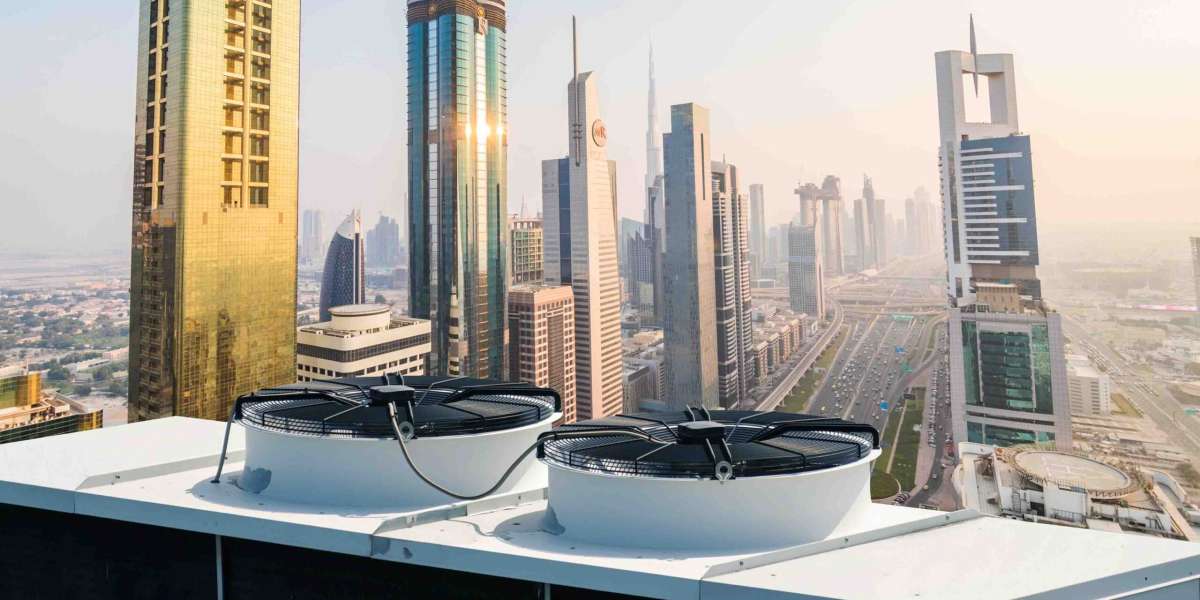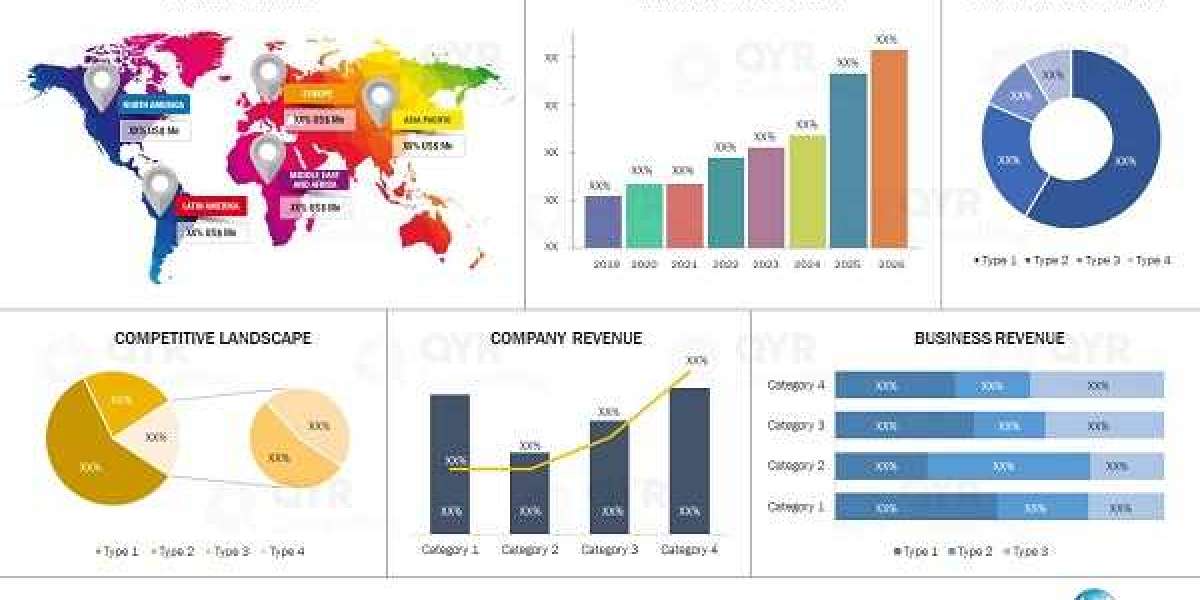In the high-stakes world of fine dining and fast-paced commercial kitchens, efficiency, consistency, and innovation are everything. While culinary skills and talented chefs are crucial, the real magic often lies in the tools they use. From precision cooking to streamlined workflows, the right kitchen equipment can transform a restaurant’s output and reputation. In this article, we explore why top restaurants consistently invest in cutting-edge kitchen tools—and why these investments continue to pay off in 2023.
The Power of Game-Changing Kitchen Equipment
Efficiency That Boosts Profitability
Modern kitchen tools are designed to do more in less time. High-performance blenders, multi-functional ovens, and automated prep stations significantly cut down on food preparation time. This means faster service, more table turnover, and ultimately, increased revenue.
Smart Equipment Reduces Human Error
With innovations like programmable settings, built-in sensors, and digital timers, today’s professional tools minimize the risk of overcooking, undercooking, or inconsistencies—issues that can hurt a restaurant’s reputation and customer retention.
Enhancing Food Quality and Consistency
The best chefs in the world rely on professional-grade equipment to deliver consistent results. Tools such as sous vide machines, combi ovens, and precision slicers ensure that every dish meets the restaurant’s standard—every time.
Advanced Features Drive Culinary Creativity
When chefs have access to tools that handle the basics with precision, they’re free to experiment and innovate. High-end mixers, dehydrators, and molecular gastronomy kits empower chefs to push boundaries and create signature dishes that stand out in a crowded food scene.
Energy Efficiency and Sustainability
Investing in energy-efficient kitchen equipment isn’t just good for the planet—it’s also a smart business move. Newer models often use less electricity, produce less heat, and require fewer resources to maintain, lowering utility bills and reducing the restaurant’s environmental footprint.
Long-Term Cost Savings
Though the initial investment may be higher, professional tools are built to last and come with warranties, reducing the need for frequent replacements. Additionally, many of them help reduce food waste, saving money in the long run.
Meeting Modern Health and Safety Standards
Today’s kitchen tools are designed with hygiene and safety in mind. From easy-to-sanitize surfaces to touchless controls and allergen-safe cooking zones, these tools help restaurants comply with strict health regulations while keeping staff and customers safe.
Conclusion
In a competitive culinary landscape, staying ahead means investing in the tools that drive quality, efficiency, professional kitchen equipment and innovation. Top restaurants understand that professional-grade kitchen equipment is more than a luxury—it's a necessity. These game-changing tools not only enhance operations but also shape the dining experience from the back of the kitchen to the customer’s plate. Whether it's about staying compliant, reducing waste, or boosting creativity, the right equipment lays the foundation for long-term success in the food industry.











